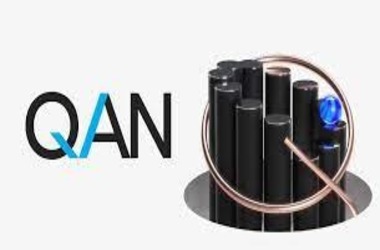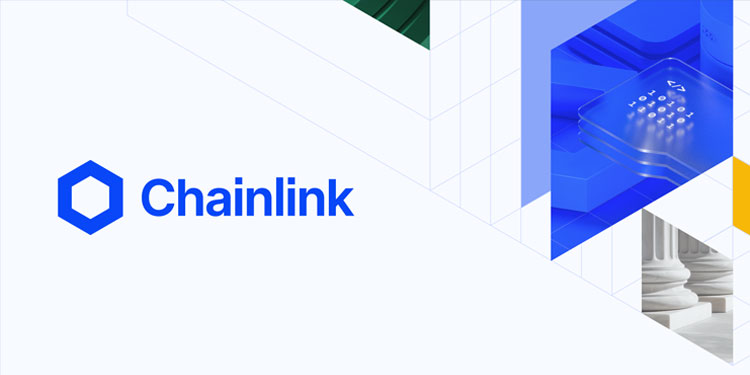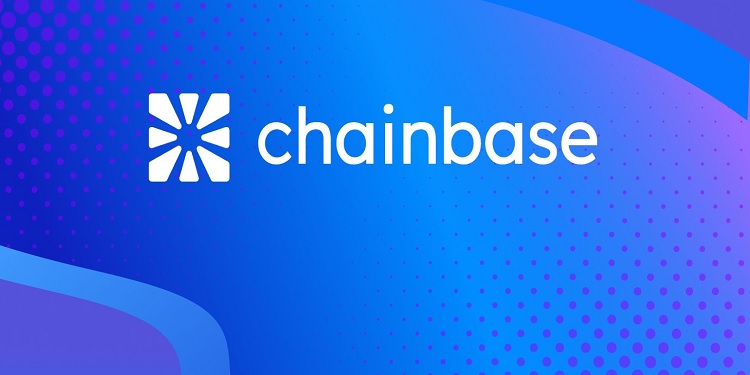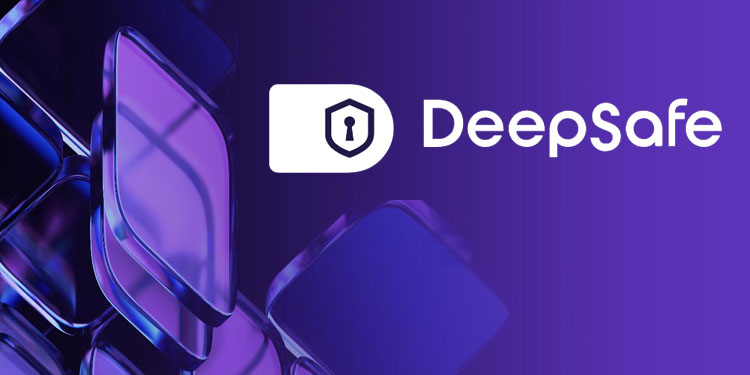 In a groundbreaking move, QANplatform has introduced the world’s first private blockchain that not only boasts quantum resistance but is also fully compatible with Ethereum’s Ethereum Virtual Machine (EVM). This revolutionary blockchain empowers developers to create smart contracts using a wide range of programming languages, effectively breaking down the barriers to entry into the Web3 space.
In a groundbreaking move, QANplatform has introduced the world’s first private blockchain that not only boasts quantum resistance but is also fully compatible with Ethereum’s Ethereum Virtual Machine (EVM). This revolutionary blockchain empowers developers to create smart contracts using a wide range of programming languages, effectively breaking down the barriers to entry into the Web3 space.
Blockchain technology serves as the fundamental infrastructure for numerous projects and applications, akin to an operating system for computers. It forms the bedrock upon which a diverse ecosystem of solutions can be constructed. However, the limitations of existing blockchain platforms and Layer 2 solutions have hindered their widespread and secure adoption as robust, environmentally friendly, and decentralized infrastructure. QANplatform, armed with its trio of Intellectual Properties (IPs), is heralding a new era for Web3 operating systems and aims to accelerate the mass adoption of blockchain technology.
The QAN Private Blockchain combines quantum resistance, Ethereum compatibility, and multi-language smart contracts to reshape the blockchain landscape.
One of the most pressing challenges facing blockchain technology today is the impending threat posed by quantum computers. These advanced machines have the potential to break the cryptographic foundations of 99% of existing blockchain platforms. Unlike traditional infrastructures, merely upgrading cryptographic primitives in current blockchain implementations will not suffice to protect against the quantum threat.
The National Institute of Standards and Technology (NIST) plays a pivotal role in post-quantum cybersecurity, offering leadership and guidance in developing cryptographic standards and algorithms capable of withstanding quantum attacks. NIST unveiled its first post-quantum security standards on July 5, 2022, and recommended CRYSTALS-Dilithium as the primary algorithm for quantum-resistant signatures. Notably, QANplatform had already chosen this algorithm in 2021, a year prior to NIST’s announcement. The platform utilizes CRYSTALS-Dilithium through QAN XLINK, an Ethereum EVM-compatible cross-signer for post-quantum transactions. For robust applications like digital identity or Central Bank Digital Currencies (CBDCs), building them on quantum-resistant blockchain infrastructures from inception is imperative.
A pivotal aspect of QANplatform’s innovation lies in the QAN Virtual Machine (QVM), which enables developers to write smart contracts in a variety of Linux-Kernel-compatible programming languages, including JavaScript, Java, Python, TypeScript, C, C++, C#, Go, Rust, Kotlin, PHP, and more. This breakthrough significantly expands the talent pool of developers capable of entering the Web3 space, as opposed to platforms limited to the Ethereum smart contract language, Solidity. With over 26 million software developers worldwide now able to participate, the Web3 ecosystem is poised for unprecedented growth. This democratization of blockchain development streamlines talent acquisition, development processes, and codebase maintenance for enterprises, making it more cost-efficient and accessible.
The convergence of cloud computing and blockchain technology has emerged as a dominant technological trend in recent years, with both gaining added significance in the wake of the COVID-19 pandemic due to their distributed and privacy-enhancing attributes. QANplatform’s automated Rapid Cloud Platform Deployment feature empowers developers to deploy the QAN private blockchain in less than five minutes on major cloud platforms.
Private blockchains are customarily employed within an organization’s internal network, tailored to meet specific requirements and reliant on trust among employees or partners. In contrast to the decentralized nature of public blockchains, private blockchains tend to be more centralized, with limited control groups.
Hybrid blockchains offer enterprises the flexibility to choose which data transactions are posted on either a private or public blockchain. This level of control allows organizations to determine data access permissions and which data should be made publicly accessible. Furthermore, the entire private blockchain becomes auditable and tamper-resistant, even in the event of collusion among private blockchain validators.
QANplatform is actively developing a hybrid blockchain, with the QAN Private Blockchain representing the first milestone in its product release schedule. The platform plans to introduce its Public TestNet in the coming autumn, followed by the highly anticipated launch of the QAN Public Blockchain by the end of 2023.
Johann Polecsak, Co-Founder and CTO of QANplatform, expressed pride in the platform’s achievements, stating, “Designing a private blockchain that addresses both future challenges, such as quantum attacks, and current market issues, like high entry barriers for developers and enterprises, presented a significant and complex undertaking. Additionally, ensuring Ethereum compatibility to facilitate the onboarding of existing solutions onto the QANplatform added to the intricacy of the task. I am proud of the QANplatform team for achieving these milestones as a global pioneer. I am eagerly anticipating the opportunity to showcase the initial use cases of our partners operating on the QAN Private Blockchain.”
Guillaume Vergnas, Head of Esports, Gaming & Web3 at Alpine, expressed enthusiasm about the partnership, saying, “We are looking forward to building our first use cases on the QAN private blockchain that will add value to Alpine, starting with Alpine Esports.”
In conclusion, QANplatform’s launch of the quantum-resistant, Ethereum-compatible, and multi-language smart contract-enabled QAN Private Blockchain marks a transformative moment in the evolution of blockchain technology. By addressing the challenges posed by quantum computing and expanding accessibility for developers, QANplatform is poised to play a pivotal role in the future of Web3 and blockchain mass adoption.








